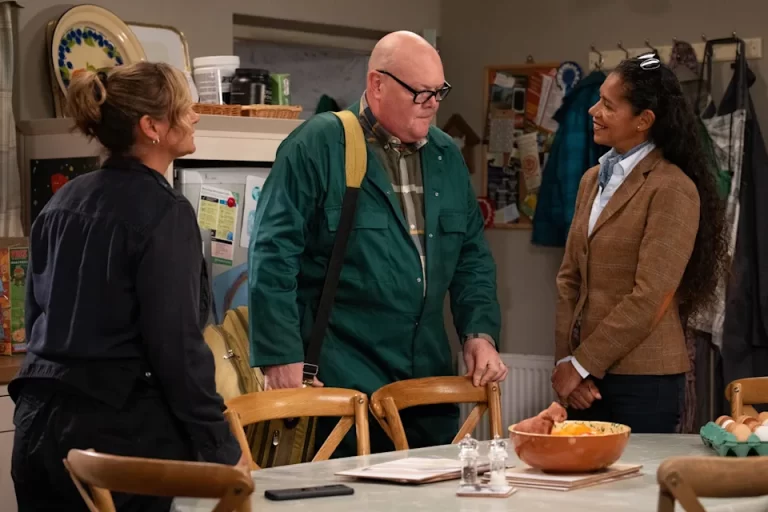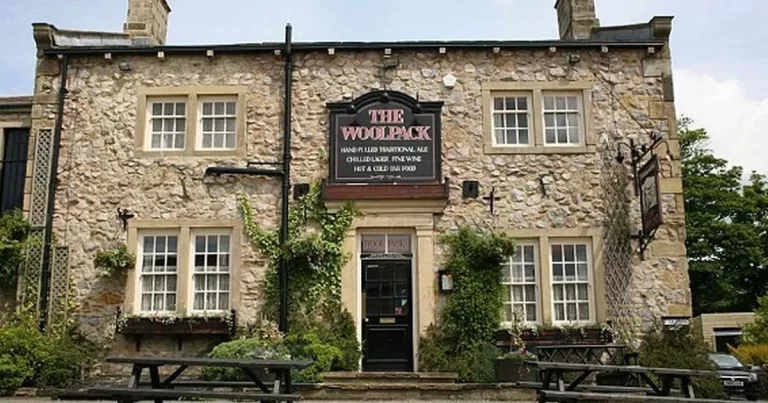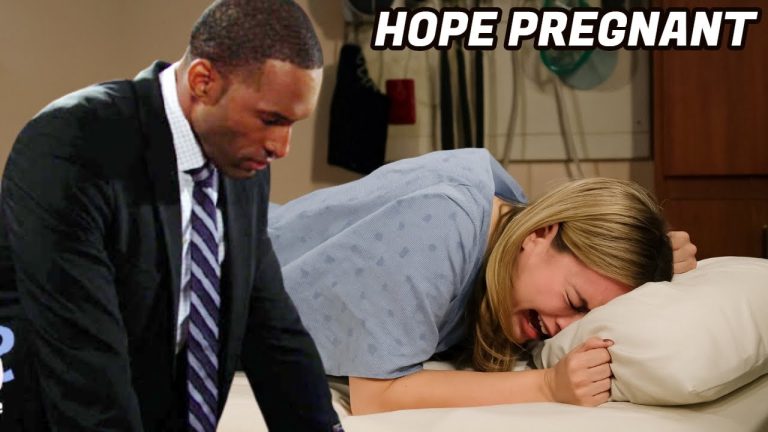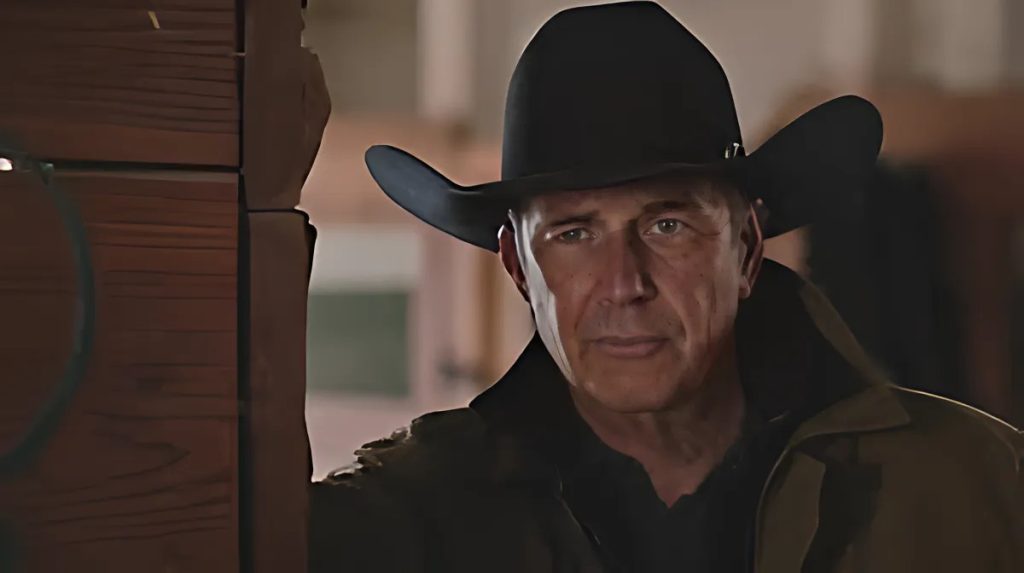
A Rocky Start for a Cultural Phenomenon
When Yellowstone premiered on Paramount Network in June 2018, few could have predicted it would evolve into one of the most-watched and talked-about series of the decade. Yet, its inaugural season was met with skepticism, earning a modest 56% approval rating from critics on Rotten Tomatoes. This lukewarm reception was a stark contrast to the show’s eventual success and highlighted a significant trend in television history: the critics’ initial dismissal of a series that would go on to captivate audiences worldwide.
The Critics’ Perspective: Why Season 1 Fell Short
Several factors contributed to the first season’s underwhelming critical response:
-
Pacing Issues: Critics noted that the narrative often meandered, lacking a clear direction. Some episodes felt like filler, detracting from the overall story arc.
-
Character Development: While the cast was talented, some characters were perceived as underdeveloped or one-dimensional, making it challenging for viewers to fully invest in their journeys.
-
Melodramatic Elements: The show’s intense family drama and high-stakes conflicts were sometimes seen as over-the-top, leading to accusations of melodrama that undermined the show’s credibility.
Despite these critiques, the series found a dedicated fanbase, and its audience score remained significantly higher, indicating a disconnect between critic and viewer perceptions.
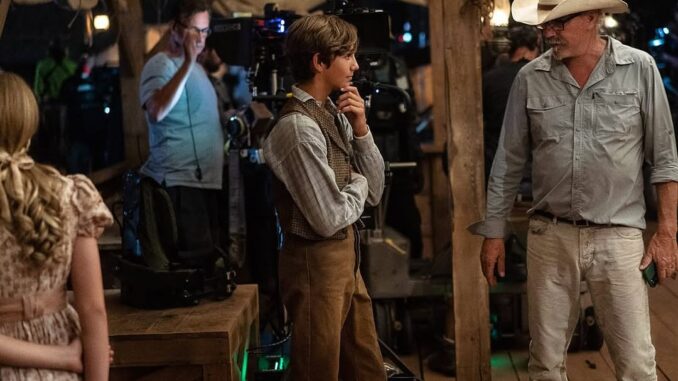
A Turning Point: Seasons 2 and Beyond
As the series progressed, it underwent notable improvements:
-
Enhanced Storytelling: Subsequent seasons featured tighter narratives with more focused story arcs, addressing many of the pacing issues that plagued the first season.
-
Deeper Character Exploration: Characters were given more depth and complexity, allowing viewers to connect more profoundly with their journeys.
-
Embracing Melodrama: The show leaned into its dramatic elements, turning what was once a criticism into a defining characteristic that set it apart from other dramas.
These changes led to a significant shift in critical reception, with later seasons earning higher ratings on Rotten Tomatoes and solidifying Yellowstone‘s place in television history.
The Impact of the Critics’ Score
The initial 56% rating had several implications:
-
Industry Perception: The lukewarm reception influenced how industry professionals viewed the show, potentially affecting early marketing strategies and partnerships.
-
Viewer Hesitation: Potential viewers might have been deterred by the mixed reviews, not realizing the series would improve in subsequent seasons.
-
Cultural Commentary: The situation sparked discussions about the role of critics and the evolving landscape of television, where audience engagement often diverges from critical analysis.
The Broader Trend: Critics vs. Audiences
Yellowstone‘s experience is not unique. Several other shows have faced similar trajectories:
-
Breaking Bad: Initially met with mixed reviews, it later became a critically acclaimed series.
-
The Office (U.S.): Early seasons received lukewarm feedback, but it eventually became a beloved classic.
-
Parks and Recreation: Faced criticism in its first season but found its footing and garnered widespread acclaim.
These examples underscore a broader trend where initial critical reception doesn’t always align with a show’s eventual success or cultural impact.
Conclusion: A Testament to Evolution and Audience EngagementYellowstone‘s journey from a critically divisive debut to a cultural juggernaut highlights the dynamic nature of television storytelling. It serves as a reminder that first impressions aren’t always definitive and that shows can evolve and resonate with audiences over time. The series’ success underscores the importance of embracing creative risks and staying true to one’s vision, even in the face of early criticism.
